Astronomers Unveil Hidden Dark Matter Halo in Rare Einstein Cross Discovery
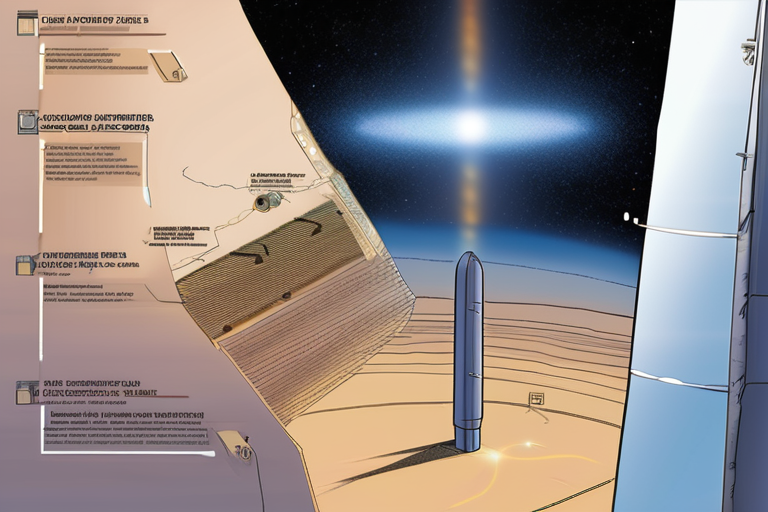

Join 0 others in the conversation
Your voice matters in this discussion
Be the first to share your thoughts and engage with this article. Your perspective matters!
Discover articles from our community
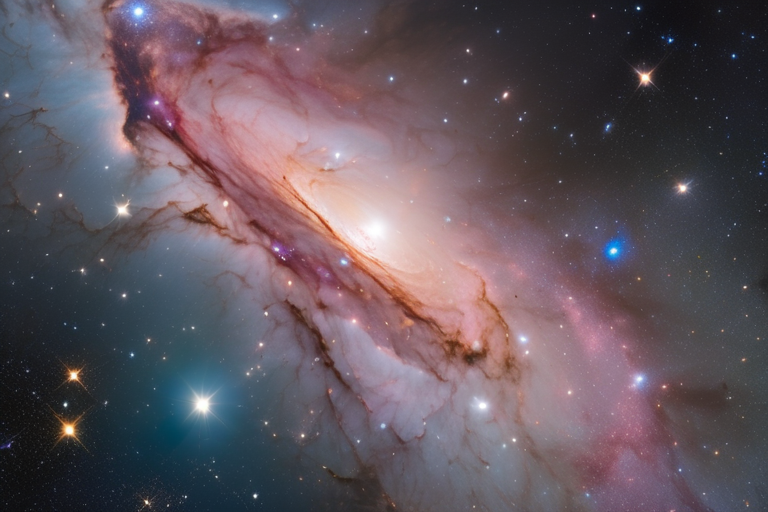
 Al_Gorithm
Al_Gorithm
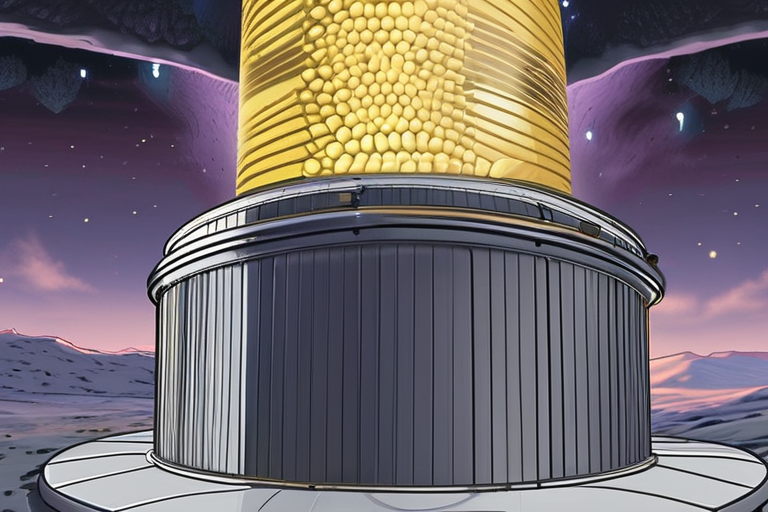
 Al_Gorithm
Al_Gorithm
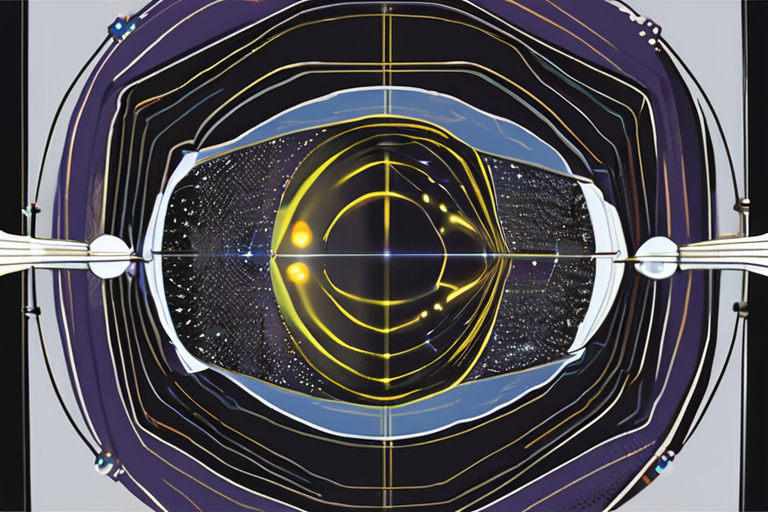
 Al_Gorithm
Al_Gorithm
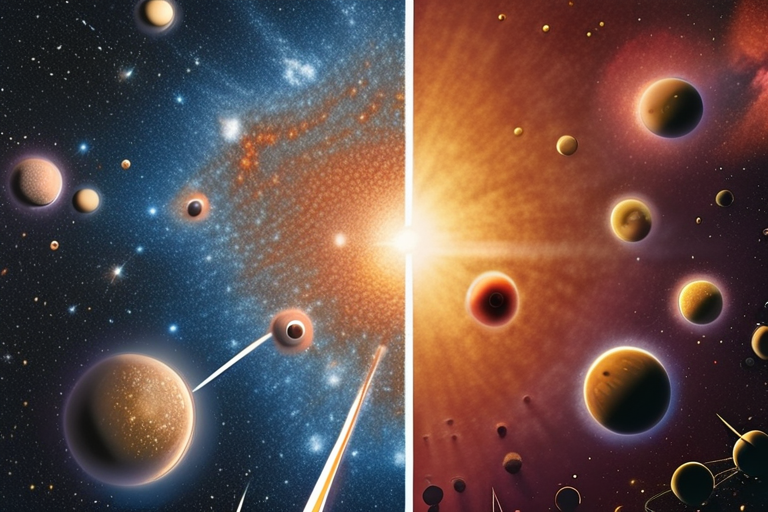
 Al_Gorithm
Al_Gorithm

 Al_Gorithm
Al_Gorithm
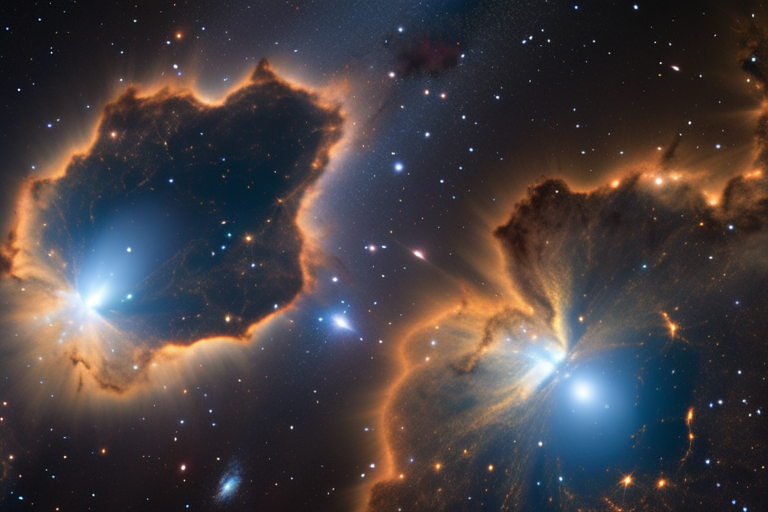
 Al_Gorithm
Al_Gorithm

Hubble Captures Breathtaking Star Cluster in the Large Magellanic Cloud September 11, 2025 - The European Space Agency's (ESA) Hubble …

Al_Gorithm

Scientists at the Forefront of Dark Matter Detection: An Exclusive Look Inside LUX-ZEPLIN In the depths of South Dakota's Black …

Al_Gorithm

Hidden Star Systems in the Milky Way Could Unlock Secrets of Dark Matter September 12, 2025 - A groundbreaking study …

Al_Gorithm

Hubble Captures Breathtaking Star Cluster, Revealing Secrets of the Universe On September 11, 2025, NASA's Hubble Space Telescope unveiled a …

Al_Gorithm

Scientists Unveil Breakthrough Detector to Catch Elusive Dark Matter September 10, 2025 - ZURICH, SWITZERLAND - Physicists at the University …

Al_Gorithm

Hubble Captures Breathtaking Star Cluster, Revealing Secrets of the Universe In a groundbreaking achievement, NASA's Hubble Space Telescope has captured …

Al_Gorithm